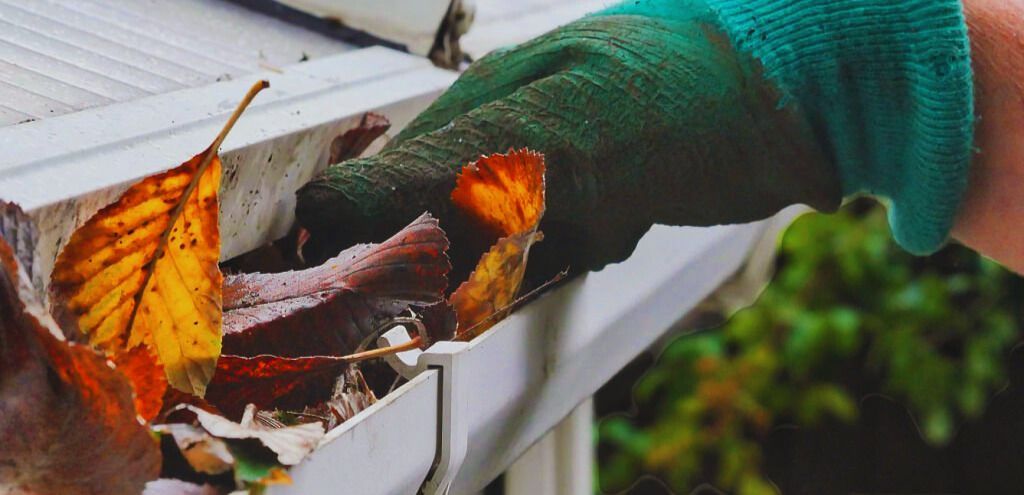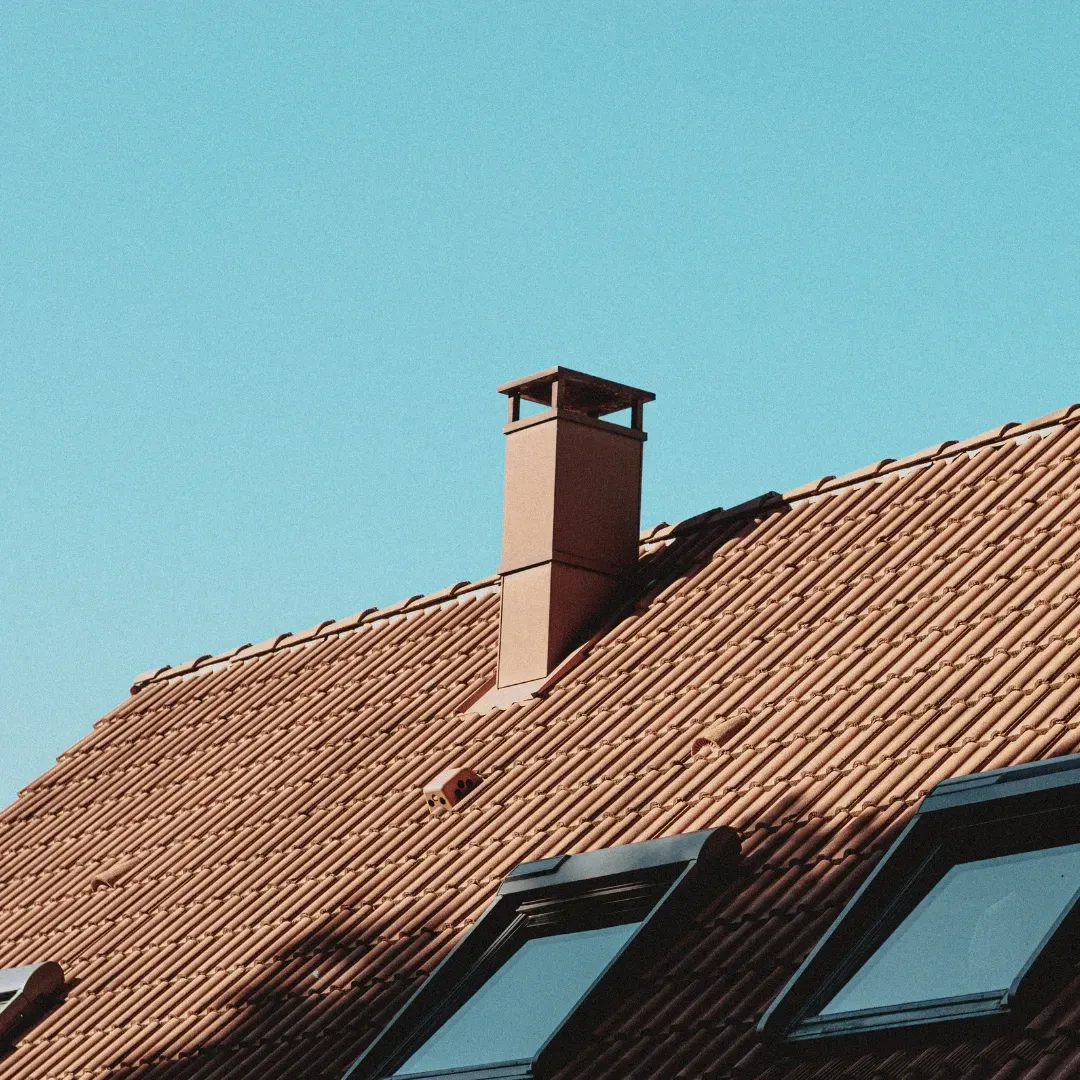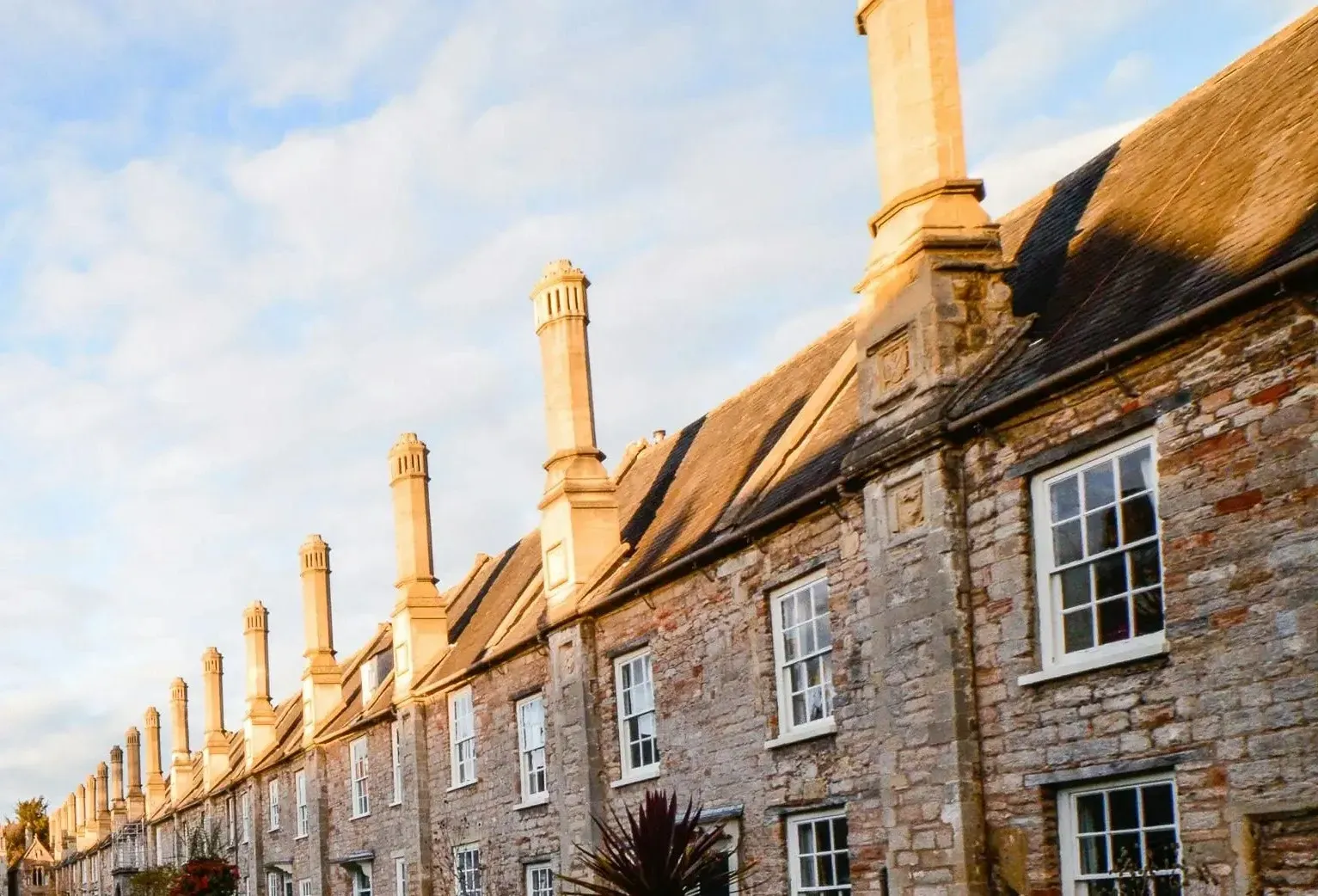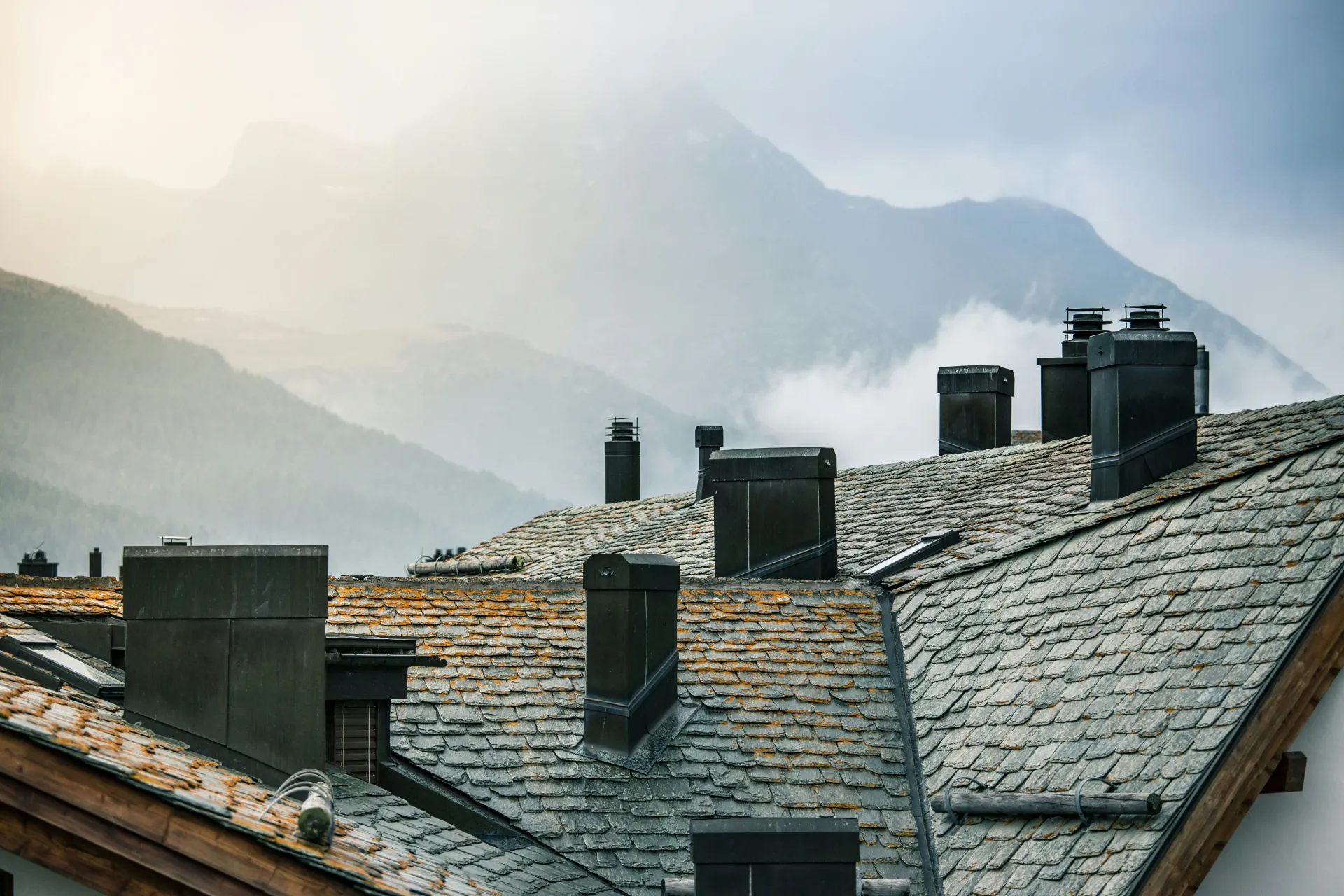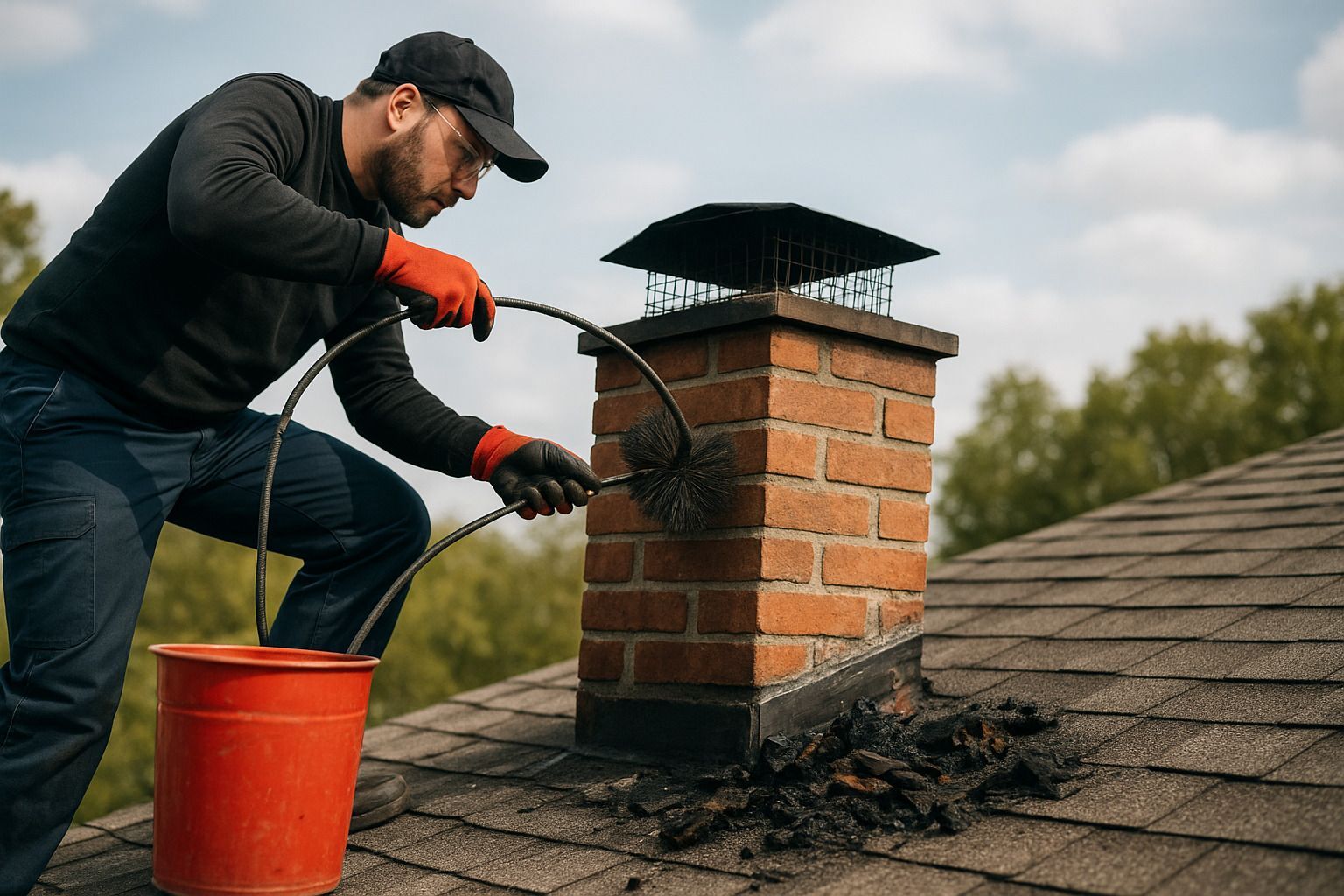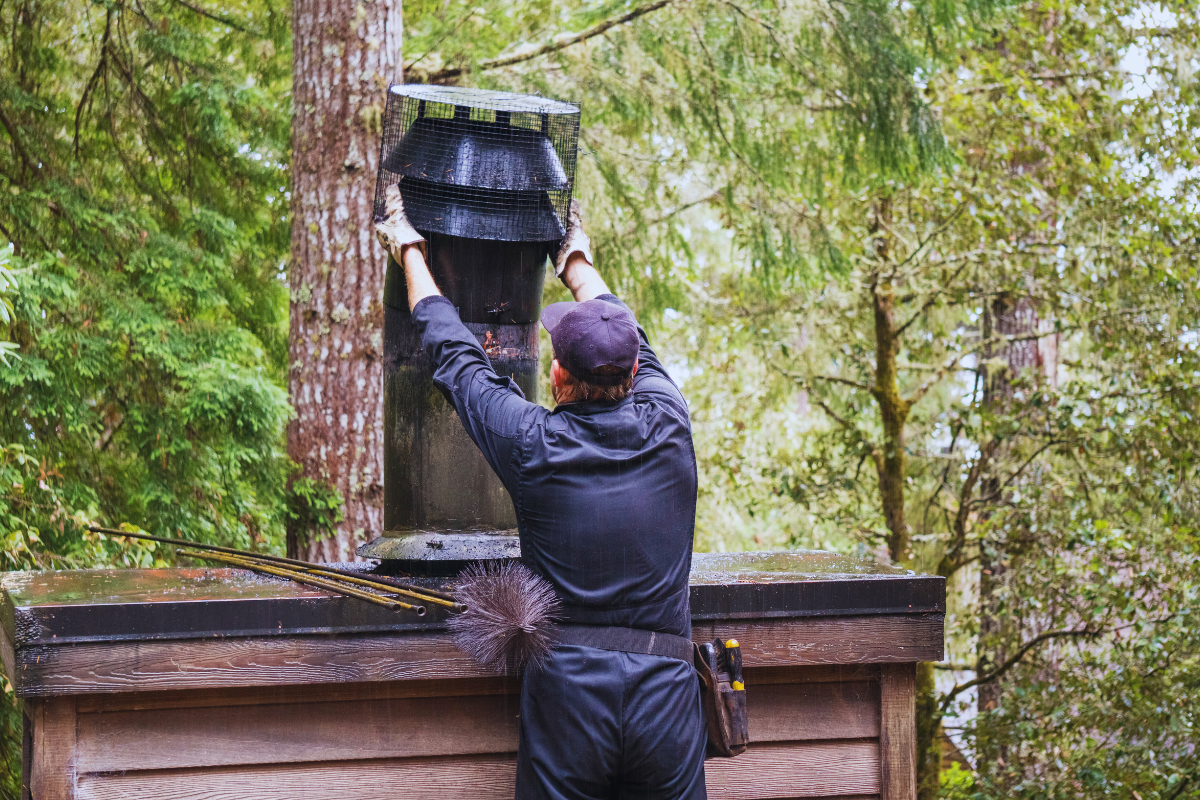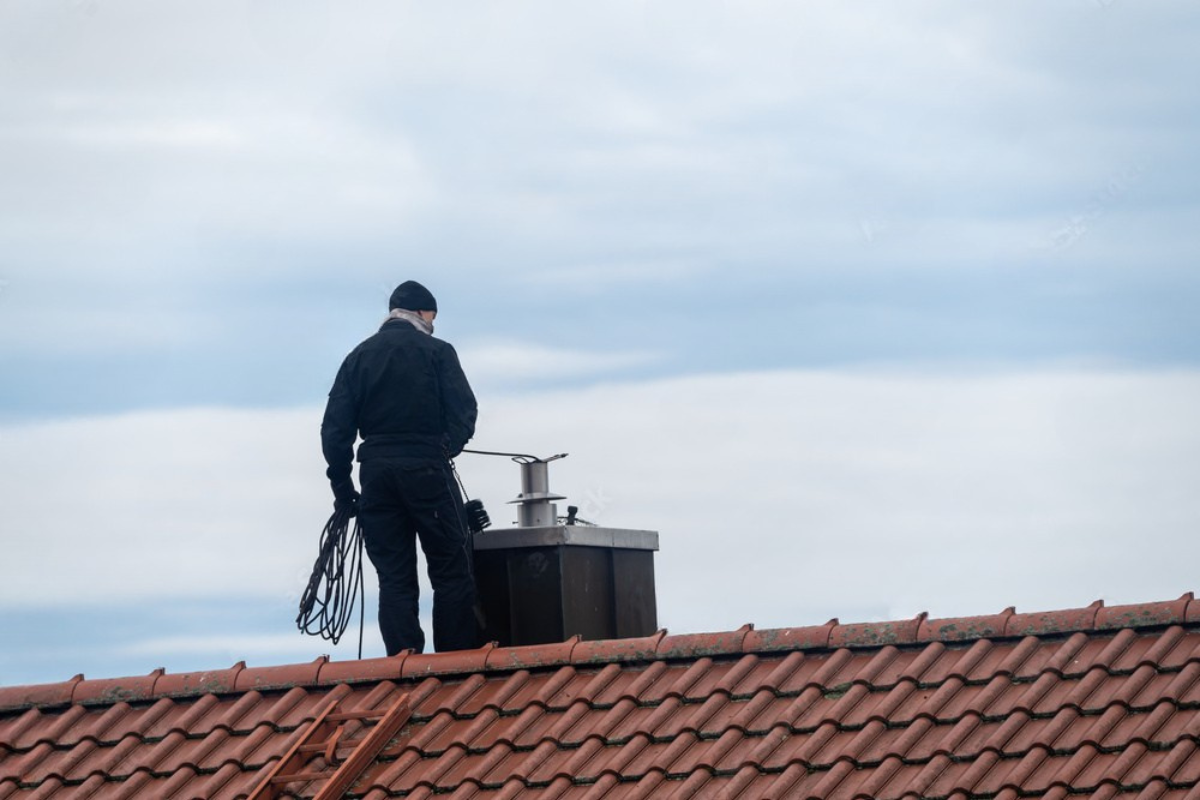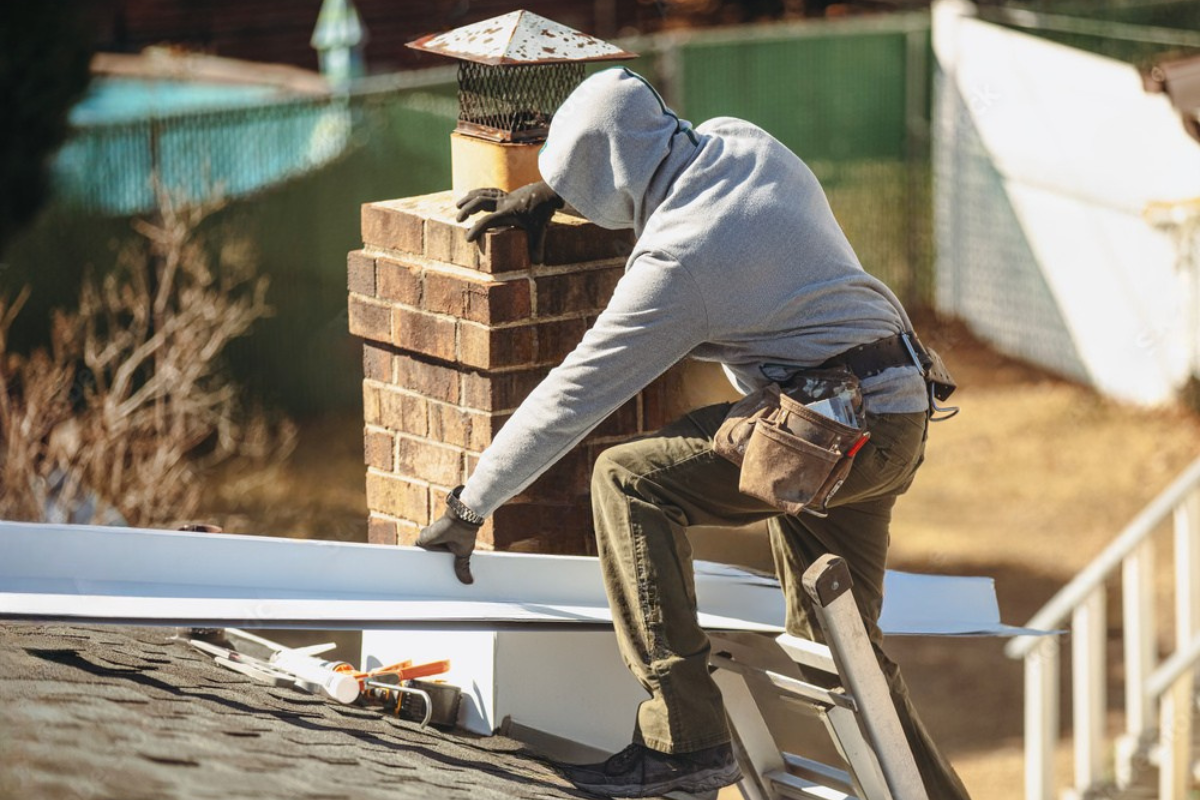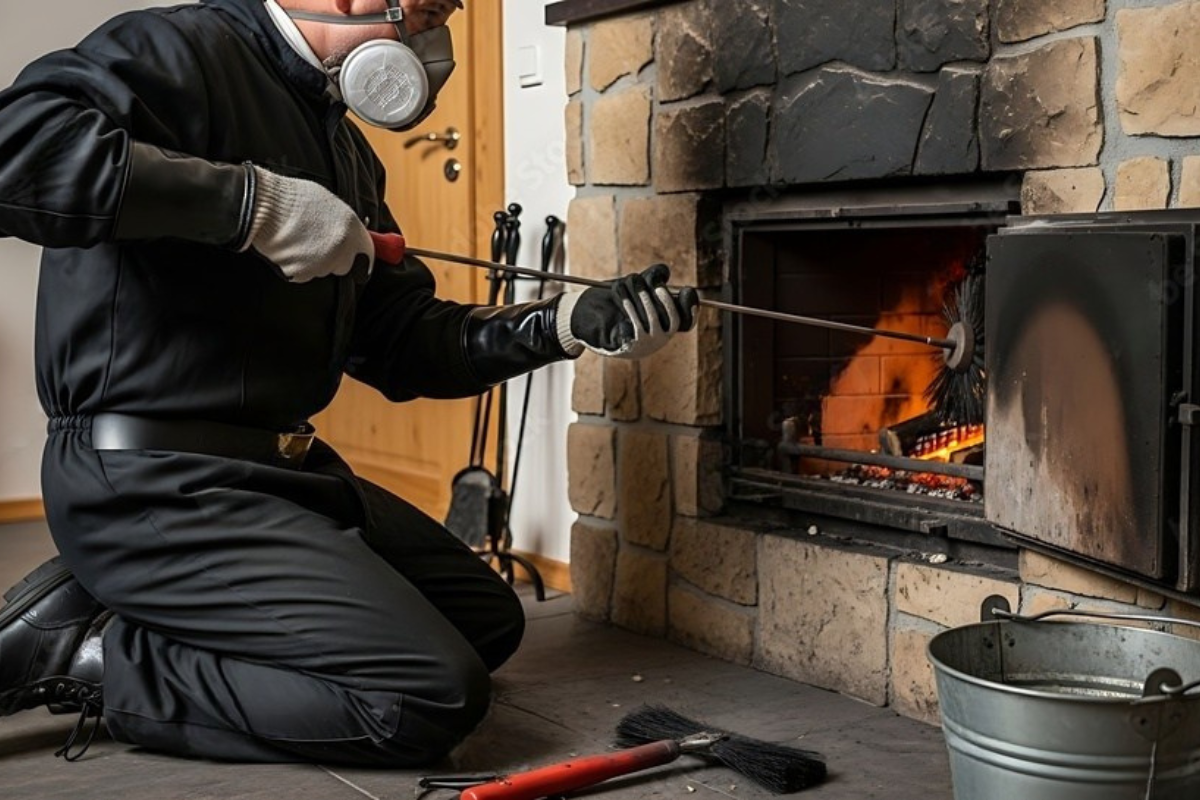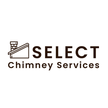Chimney Types: Compare Masonry, Prefab, & Stoves
Introduction
Picture this: It's a chilly winter evening in Portland, Maine. I'm curled up on my couch, wrapped in a cozy blanket, with a steaming mug of hot cocoa in hand. The crackling fire in my fireplace adds warmth and ambiance to the room. But have you ever stopped to think about what makes this cozy scene possible? The unsung hero of this winter wonderland is none other than the chimney.
When I first moved to Maine, I had no idea there were different types of chimneys. I thought a chimney was just a chimney. Boy, was I wrong! In this article, I'll take you on a journey through the world of chimneys, comparing masonry, prefabricated, and stove pipe options. By the end, you'll be a chimney expert, ready to make the best choice for your home.
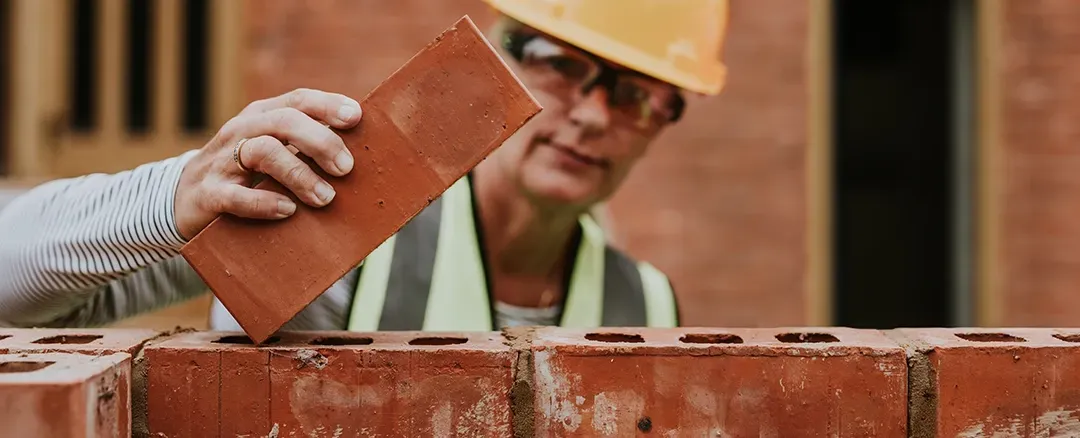
Understanding Different Chimney Types
Before we dive into the nitty-gritty details, let's get familiar with the three main types of chimneys we'll be discussing.
Masonry Chimneys
Masonry chimneys are the classic, traditional chimneys you might picture when thinking of a cozy fireplace. They're built on-site using materials like brick, stone, or concrete blocks.
Pros of Masonry Chimneys
- Durability: These chimneys can last for decades with proper maintenance.
- Aesthetic appeal: They add a timeless, classic look to your home.
- Increase home value: A well-built masonry chimney can boost your property's value.
- Heat retention: The masonry material holds heat, continuing to warm your home even after the fire dies down.
Cons of Masonry Chimneys
- High initial cost: Building a masonry chimney from scratch can be expensive.
- Time-consuming installation: Construction can take several weeks.
- Weight: They're heavy and require a strong foundation.
- Maintenance: Regular inspections and repairs are necessary to prevent water damage and ensure safety.
Prefabricated (Prefab) Chimneys
Prefab chimneys are factory-built systems that are designed to be lightweight and easy to install. They're often made of metal and come in various sizes to fit different homes and heating appliances.
Advantages of Prefab Chimneys
- Cost-effective: Generally less expensive than masonry chimneys.
- Quick installation: Can be installed in a day or two.
- Lightweight: Doesn't require additional foundational support.
- Energy-efficient: Many modern prefab chimneys are designed for optimal heat retention.
Disadvantages of Prefab Chimneys
- Shorter lifespan: Typically last 20-30 years, compared to 50+ years for masonry chimneys.
- Limited customization: Come in standard sizes and designs.
- Potential for rust: Metal components may rust over time if not properly maintained.
- Less aesthetic appeal: Some homeowners find them less attractive than traditional masonry chimneys.
Stove Pipe Chimneys
Stove pipe chimneys are often used with wood stoves or pellet stoves. They're simple, straight pipes that vent smoke and gases directly out of your home.
Benefits of Stove Pipe Chimneys
- Affordable: The least expensive option of the three.
- Easy installation: Can be installed quickly with basic tools.
- Versatile: Work well with various types of stoves.
- Space-saving: Take up less room than other chimney types.
Drawbacks of Stove Pipe Chimneys
- Limited use: Only suitable for certain types of heating appliances.
- Safety concerns: Require careful installation and regular cleaning to prevent fire hazards.
- Less efficient: May not retain heat as well as other chimney types.
- Visible inside the home: The pipe is often exposed in the living space.
Comparing Chimney Types: Which One is Right for You?
Now that we've covered the basics of each chimney type, let's dig deeper into how to choose the right one for your home.
Factors to Consider When Choosing a Chimney
- Budget: How much are you willing to spend upfront? Remember to factor in long-term maintenance costs too.
- Home style: Consider which chimney type complements your home's architecture.
- Climate: In areas with harsh winters like Maine and New Hampshire, durability is crucial.
- Heating needs: What type of fireplace or stove do you have or plan to install?
- Local regulations: Check your area's building codes and permit requirements.
- Long-term plans: Are you planning to stay in your home for many years, or might you sell soon?
Masonry vs. Prefab: A Detailed Comparison
Let's break down the key differences between masonry and prefab chimneys:
FeatureMasonry ChimneyPrefab ChimneyLifespan50+ years20-30 yearsInitial CostHigherLowerInstallation TimeWeeks1-2 daysCustomizationHighly customizableLimited optionsMaintenanceRegular, potentially costlyLess frequent, generally less expensiveAesthetic AppealTraditional, classic lookModern, sleek appearanceHeat RetentionExcellentGood (varies by model)WeightHeavy, requires strong foundationLightweight
Stove Pipes: When Are They the Best Option?
Stove pipes are ideal when:
- You have a wood stove or pellet stove
- You're on a tight budget
- You need a quick and easy installation
- You have limited space for a full chimney system
However, if you have a traditional fireplace or want a more permanent, integrated solution, masonry or prefab chimneys are better choices.
Installation and Maintenance
How to Install Different Chimney Types
While I always recommend hiring a professional for chimney installation, here's a general overview of the process for each type:
- Masonry Chimney Installation:
- Design and plan the chimney
- Lay the foundation
- Build the firebox
- Construct the chimney stack
- Install the chimney cap and flashing
- Prefab Chimney Installation:
- Choose the right size and type for your appliance
- Cut an opening in the roof
- Install support brackets
- Assemble and install chimney sections
- Add insulation and weatherproofing
- Stove Pipe Installation:
- Determine the proper route for the pipe
- Cut holes in walls or ceiling as needed
- Install thimbles or wall pass-throughs for safety
- Connect pipe sections
- Seal joints and add support brackets
Maintenance Requirements for Each Chimney Type
Regular maintenance is crucial for all chimney types to ensure safety and efficiency. Here's what you need to know:
- Masonry Chimney Maintenance:
- Annual professional inspection
- Cleaning at least once a year
- Repointing mortar joints as needed
- Waterproofing every few years
- Checking and replacing the chimney cap if damaged
- Prefab Chimney Maintenance:
- Annual professional inspection
- Cleaning at least once a year
- Checking for rust or corrosion
- Ensuring proper insulation
- Replacing gaskets and seals as needed
- Stove Pipe Maintenance:
- Monthly visual inspection during the heating season
- Professional cleaning at least once a year
- Checking for creosote buildup
- Ensuring all connections are secure
- Replacing sections if rust or damage is present
Chimney Safety and Efficiency
Safety Features of Modern Chimneys
Today's chimneys are designed with safety in mind. Some key features include:
- Chimney liners: Protect the chimney structure and improve venting efficiency.
- Chimney caps: Prevent animals and debris from entering the chimney.
- Spark arrestors: Reduce the risk of roof fires by containing sparks.
- Flashing: Prevents water from seeping in where the chimney meets the roof.
- Carbon monoxide detectors: Not part of the chimney, but essential for any home with a fireplace or stove.
Improving Chimney Efficiency
Want to get the most out of your chimney? Try these tips:
- Install a chimney damper to regulate airflow and prevent heat loss.
- Use seasoned firewood to reduce creosote buildup and improve burn efficiency.
- Consider a chimney fan to improve draft in problematic chimneys.
- Insulate the chimney in unheated areas to prevent cooling of exhaust gases.
- Keep the area around your fireplace or stove clear for better air circulation.
Chimney Options for Homes in PORTER, PORTLAND, BETHEL, WINDHAM, AUGUSTA, ME & CONWAY, NH
Living in Maine or New Hampshire comes with its own set of considerations when choosing a chimney.
Local Building Codes and Regulations
Before installing or replacing a chimney, check with your local building department. For example, in Portland, Maine, you'll need a permit for new chimney installation or major repairs. In Conway, NH, there are specific requirements for chimney height above the roof.
Climate Considerations for Chimney Selection
Our cold winters and varying weather conditions mean:
- Durability is key: Choose materials that can withstand freeze-thaw cycles.
- Proper insulation is crucial to prevent condensation and improve efficiency.
- Consider wind patterns when determining chimney height and location.
- Snow guards may be necessary to prevent snow and ice from sliding off the roof and damaging the chimney.
Cost Comparison: Masonry, Prefab, and Stove Pipe Chimneys
Let's break down the typical costs for each chimney type:
- Masonry Chimney:
- Initial cost: $4,000 - $8,000+
- Annual maintenance: $100 - $300
- Lifespan: 50+ years
- Prefab Chimney:
- Initial cost: $2,500 - $5,000
- Annual maintenance: $75 - $250
- Lifespan: 20-30 years
- Stove Pipe Chimney:
- Initial cost: $500 - $1,500
- Annual maintenance: $50 - $200
- Lifespan: 10-15 years (with proper maintenance)
Remember, these are just estimates. Your actual costs may vary depending on your specific needs and local prices.
Frequently Asked Questions
- Q: How often should I have my chimney cleaned? A: At least once a year, or more if you use your fireplace frequently.
- Q: Can I convert my masonry chimney to a prefab system? A: It's possible, but not always advisable. Consult a professional to assess your specific situation.
- Q: Do I need a chimney liner? A: Yes, all chimneys should have a liner to protect the structure and improve efficiency.
- Q: How tall should my chimney be? A: Generally, chimneys should extend at least 3 feet above the roof and 2 feet higher than any part of the roof within 10 feet.
- Q: Can I install a chimney myself? A: While it's possible for DIY enthusiasts, I strongly recommend professional installation to ensure safety and compliance with local codes.
Conclusion
Choosing the right chimney type is an important decision that affects your home's safety, efficiency, and aesthetics. Whether you opt for a classic masonry chimney, a modern prefab system, or a simple stove pipe, each has its own set of pros and cons.
Remember, the best chimney for you depends on your specific needs, budget, and home style. If you're still unsure, don't hesitate to consult with a professional. They can assess your home and help you make the best choice.
No matter which type you choose, regular maintenance is key to keeping your chimney safe and efficient. So, schedule those annual inspections and enjoy the warmth and comfort of your fireplace or stove for years to come.
Now, if you'll excuse me, I think it's time to stoke the fire and enjoy another cozy evening by my well-maintained chimney. Stay warm, friends!
Key Takeaways:
- Masonry chimneys offer durability and classic appeal but come with higher costs.
- Prefab chimneys are cost-effective and quick to install but have a shorter lifespan.
- Stove pipe chimneys are affordable and versatile but limited in use and efficiency.
- Consider your budget, home style, climate, and long-term plans when choosing a chimney.
- Regular maintenance is crucial for all chimney types to ensure safety and efficiency.
- Local building codes and climate considerations are important factors in chimney selection.
